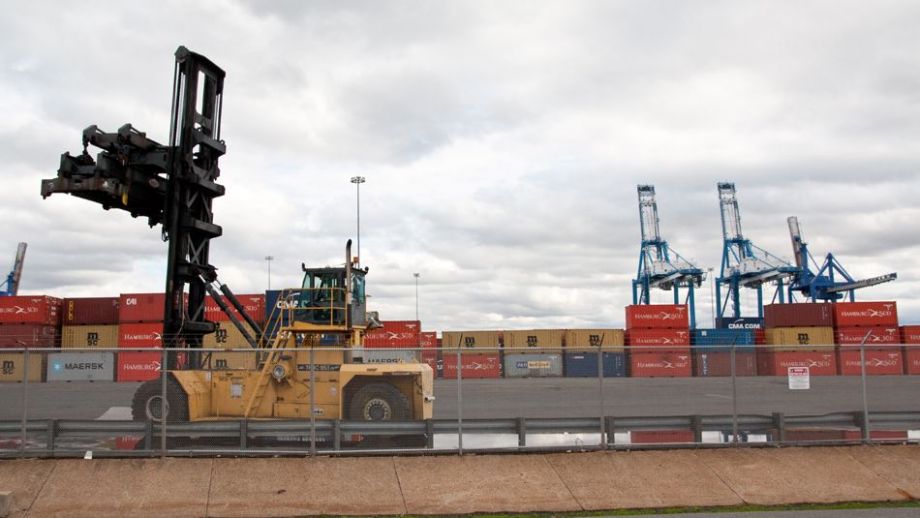In Forefront this week, Next American City fellow Ryan Briggs dives into the politics of urban waterfronts in Philly and beyond, where in anticipation of the Panama Canal’s 2015 widening, a number of ambitious expansion and deepening projects are underway. In the 21st century, what do American cities have to do in order to lure exporters back to their docks?
If you ask anyone at the port to name the biggest hurdle preventing Philadelphia from competing with its larger cousins, the answer is practically automatic: The lengthy and shallow Delaware River shipping channel. Ironically, the multi-decade quest to solve this problem by artificially deepening the river through dredging — and the inadequate final product — highlights what may arguably be an even deadlier problem for many ports like Philadelphia: regional infighting.
Over the course of the last 14 years, Delaware dredging has progressed in spurts, largely due to political jockeying. In 1998, Pennsylvania began seriously pushing to have the Army Corps of Engineers initiate a dredging project that would deepen the river’s shipping channel from 40 feet, its depth since World War II, to 45 feet, which was more in line with the drafts of modern sailing vessels at the time. Final costs have been estimated at around $255 million.
Although the project would clearly have benefitted port facilities on both sides of the river, key political actors in the region, particularly New Jersey Gov. Chris Christie, strongly opposed deepening the Delaware. Environmentalist groups like the Clean Air Council blasted the project as being economically “unnecessary” and ecologically destructive, as it would stir up pollutants trapped in the riverbed.
Keystone state critics called the obstruction an attempt to play favorites; Christie had silently endorsed an ongoing, near-identical $2.5 billion plan to deepen New York Harbor to 50 feet. The State of Delaware briefly joined New Jersey in a lawsuit aimed at scuttling the Delaware River project all together.
Pennsylvania Gov. Tom Corbett was able to hammer through a deal to complete the project earlier this year, but now state taxpayers will pick up nearly $40 million in dredging costs that were supposed to be shared with New Jersey and Delaware, according to the Army Corps of Engineers. While completion of the project, in 2017, now seems certain, the lengthy battle inflated costs and exacerbated an already acrimonious working relationship between Pennsylvania and New Jersey. This was embodied by Pennsylvania State Rep. Pat Meehan’s comment, at the press conference inaugurating the final phase of the project, that without the dredging jobs would “go to guys wearing Giants and Redskins jerseys, and that just doesn’t seem right.”
Furthermore, while dissipating worries about the dredging project’s completion have put Southport on firmer footing, the delays and political blockade have left Philadelphia, and the rest of the Delaware Valley, with a new channel that is now five feet short of the new 50-foot industry standard. This puts much of the sought-after, post-Canal expansion traffic tantalizingly out of reach, while still compromising the Delaware’s water quality and marine ecosystems.
While macro-level competition between New Jersey’s northern port and Philadelphia has resulted in unbalanced cost sharing and a channel that’s still too shallow, the river’s length leaves ample room for micro-level local rivalry, which can be just as bitter. Between Pennsylvania, New Jersey and Delaware, there are approximately 40 separate port facilities along the river, a dozen of which are in Philadelphia itself.
The different ports aren’t quite friendly competitors. In addition to Southport, authorities in Glassboro, N.J. and Wilmington, Del. have each launched their own competing expansion plans. In the case of Wilmington, the state-owned port is currently accepting bids from private terminal operators to partner in a $500 million container expansion project that is peculiarly similar to Southport.
The projects are being planned independently of one another and seem to risk making each other redundant as they compete for the same stream of freight traffic.
To read more, subscribe to Forefront. Already a subscriber? Click here to continue reading.
















